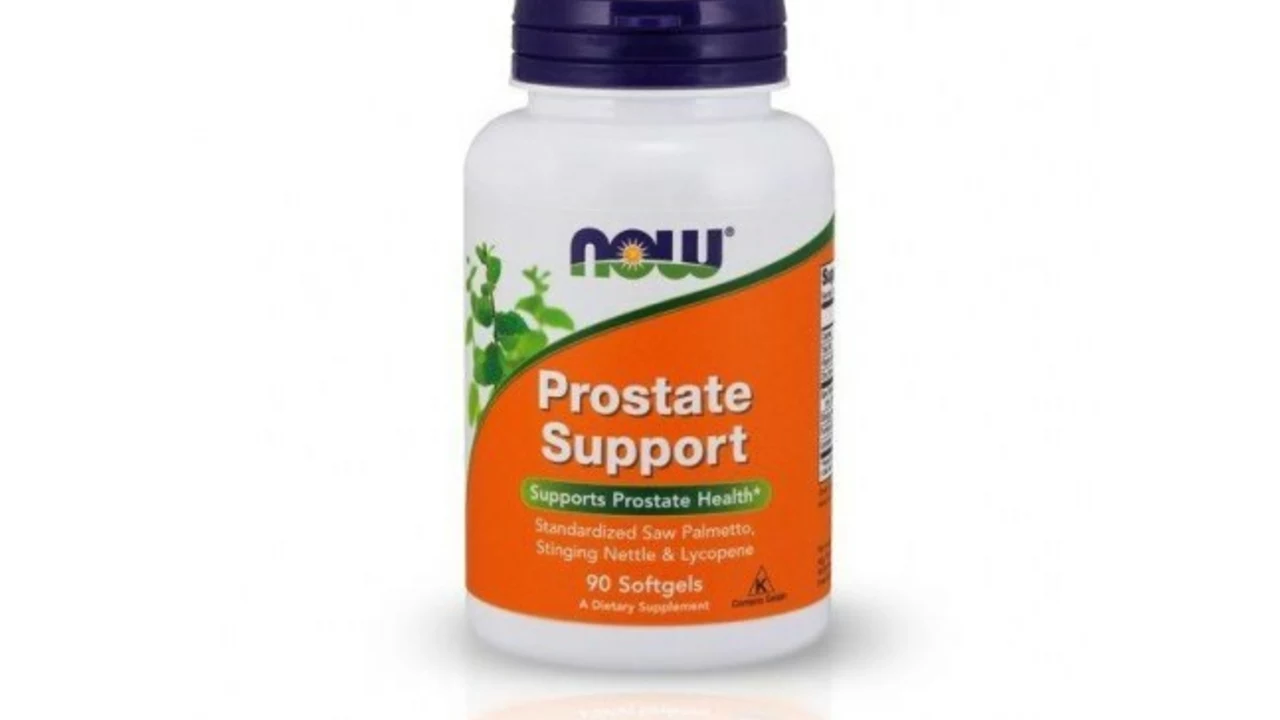Willow Bark: Uses, Benefits & Safety
Want a plant-based option for aches and mild pain? Willow bark has been used for centuries and contains salicin, a natural compound related to aspirin. People reach for it for back pain, headaches, and general soreness. Below you’ll find how it works, what evidence exists, and practical safety tips so you can decide if it’s worth trying.
How willow bark works and the evidence
Willow bark contains salicin, which the body converts into salicylic acid. That’s the same active pathway as aspirin, so it can reduce pain and inflammation. Clinical research shows willow bark can help chronic low back pain and osteoarthritis symptoms in some people. For example, trials that compared standardized willow bark extract to placebo reported modest improvements in pain and mobility after several weeks. It’s not a miracle cure — results vary based on extract strength and the condition being treated — but it’s a reasonable option for mild to moderate pain when used correctly.
Different products vary a lot. Standardized extracts list salicin content; raw bark teas don’t, so effects are less predictable. If you want consistent results, choose a supplement that states how much salicin or salicylate it contains.
How to use willow bark and stay safe
Common forms: capsules, liquid extracts, and teas. Typical standardized-extract doses provide roughly 120–240 mg of salicin per day, often split into two doses. Follow the label on the product you buy — concentrations differ. Start with a low dose for a few days to check tolerance.
Watch for side effects. The most common are stomach upset, heartburn, and sometimes headache or dizziness. Because willow bark converts to a salicylate, avoid it if you’re allergic to aspirin, have active stomach ulcers, or are prone to bleeding. Don’t use it with blood-thinning medications like warfarin or with high-dose NSAIDs without talking to your doctor. It’s not recommended for children or teens recovering from viral infections due to Reye-like risks, and pregnant or breastfeeding people should avoid it unless a clinician advises otherwise.
Buying tips: pick products that list salicin content and have third-party testing when possible. If you prefer tea, know that strength will vary — extracts give more predictable dosing. Keep a symptom diary for a week or two to see if pain and function improve.
Want to try willow bark? Talk to your healthcare provider if you’re on medications or have chronic conditions. If everything looks safe, start low, watch for side effects, and use a standardized product for the best chance of consistent results. For more guides on herbs, medications, and safe choices, check our other articles on NorthwestPharmacy.SU.

Why Everyone is Talking About Willow Bark: The Dietary Supplement for a Healthy Lifestyle
Everyone's gabbing about this new wonder supplement called Willow Bark, and I've been eager to spill the beans. So, apparently, this isn't a new trendy diet based on gnawing tree bark like some lost hiker! Willow Bark, it turns out, is a natural dietary supplement that's been around since the time of Hippocrates, who was using it to treat fevers and inflammation before it was cool. Now, the health nuts are all over it, touting it as an all-natural booster for a healthier lifestyle. So, next time someone asks you to bark up a tree, tell them you're way ahead of them, with Willow Bark!
Read More